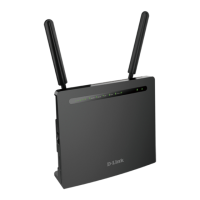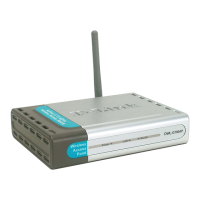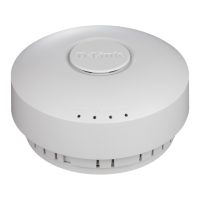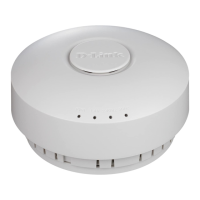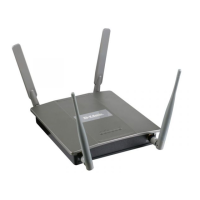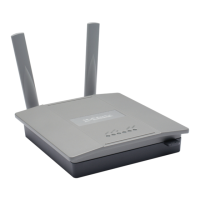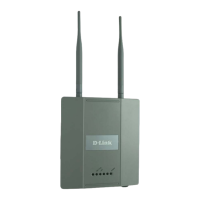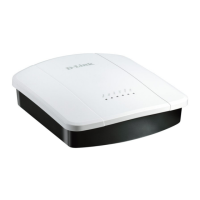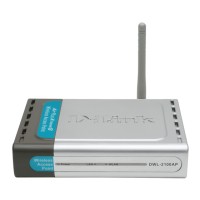314 © 2001- 2008 D-Link Corporation/D-Link Systems, Inc. All Rights Reserved.
CLI Command Reference
snmp-server enable traps stpmode
This command enables the sending of new root traps and topology change notification traps.
Default enabled
Format
snmp-server enable traps stpmode
Mode Global Config
no snmp-server enable traps stpmode
This command disables the sending of new root traps and topology change notification traps.
Format
no snmp-server enable traps stpmode
Mode Global Config
snmptrap
This command adds an SNMP trap receiver. The maximum length of <name> is 16 case-
sensitive alphanumeric characters. The
<snmpversion> is the version of SNMP. The version
parameter options are snmpv1 or snmpv2.
NOTE: The <name> parameter does not need to be unique, however; the <name> and
<ipaddr> pair must be unique. Multiple entries can exist with the same
<name>, as long as they are associated with a different <ipaddr>. The reverse
scenario is also acceptable. The
<name> is the community name used when
sending the trap to the receiver, but the
<name> is not directly associated with
the SNMP Community Table, See “snmp-server community” on page39.”
Default snmpv2
Format
snmptrap <name> <ipaddr> [snmpversion <snmpversion>]
Mode Global Config
no snmptrap
This command deletes trap receivers for a community.
Format
no snmptrap <name> <ipaddr>
Mode Global Config
snmptrap snmpversion
This command modifies the SNMP version of a trap. The maximum length of <name> is 16
case-sensitive alphanumeric characters. The
<snmpversion> parameter options are snmpv1 or
snmpv2.
NOTE: This command does not support a “no” form.
Default snmpv2
Format
snmptrap snmpversion <name> <ipaddr> <snmpversion>
Mode Global Config

